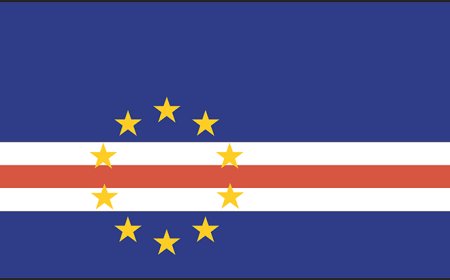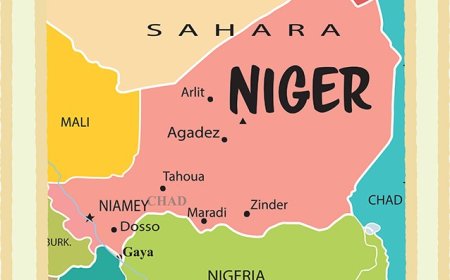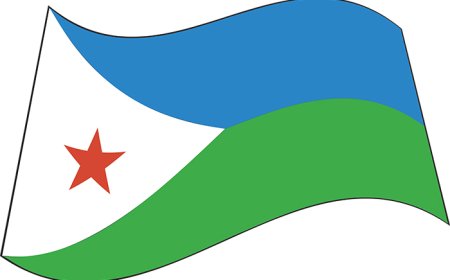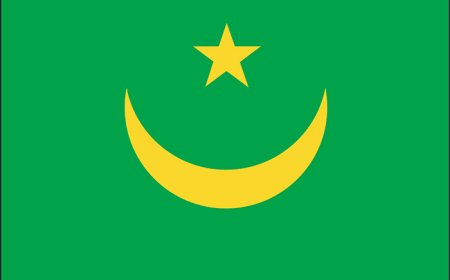Guinea-Bissau for Students: History, Culture, and Geography of a West African Island Nation
Discover the rich traditions, geography, and history of Guinea-Bissau in this educational article for students. Includes vocabulary, interactive quiz, and national standards
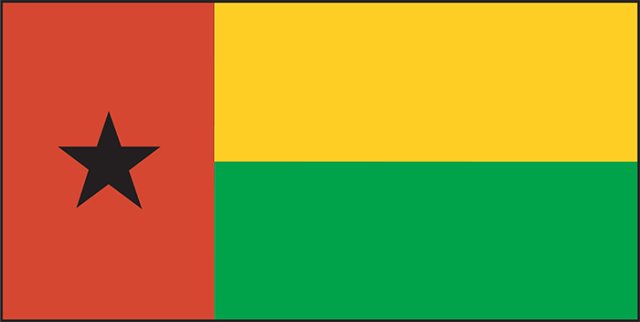
🌍 Introduction: A Small Country with a Big Story
Guinea-Bissau is a small West African country with a long coastline, tropical forests, and hundreds of islands. Though small in size, it is home to a diverse population, colorful cultural traditions, and some of the richest wildlife habitats in the region. The country's unique mix of African, Portuguese, and island cultures gives it a special identity.
Despite political instability in recent years, the people of Guinea-Bissau continue to celebrate their traditions, protect their environment, and strive for peace and development.
🗺️ Geography and Environment
Guinea-Bissau is located on the Atlantic Ocean, bordered by Senegal to the north and Guinea to the south and east. It covers about 36,000 square kilometers (13,900 square miles), making it one of the smallest countries in Africa.
The landscape includes:
Coastal mangroves
Low-lying plains
Forested interior regions
The Bijagós Islands, an archipelago of more than 80 islands and islets
The climate is tropical, with a wet season (June to November) and a dry season. Rivers like the Gebá and Corubal flow through the country, creating estuaries and wetlands that are home to many birds, hippos, manatees, and crocodiles.
The Bijagós Archipelago is a UNESCO Biosphere Reserve and one of the most biodiverse places in West Africa.
🏛️ Government, Language, and Population
Guinea-Bissau is a republic, but political challenges, such as coups and corruption, have made stable governance difficult. Still, many efforts are being made to build a stronger democracy.
The capital city is Bissau, located along the coast. It’s the center for government, trade, education, and transportation.
The population is about 2 million people, made up of many ethnic groups, including the Balanta, Fula, Manjaco, Mandinka, and Bijagó people. These groups each have their own languages, beliefs, and customs.
Although the official language is Portuguese, most people speak Creole (Kriol) and ethnic languages at home. The country’s religious practices include Islam, Christianity, and traditional African religions, often mixed together in daily life.
The currency is the West African CFA franc (XOF).
🎭 Culture and Daily Life
Guinea-Bissau’s culture is full of storytelling, music, rituals, and community traditions. The country is especially known for its drumming, dancing, and masked ceremonies, often held during initiation rites, harvest celebrations, or religious festivals.
The Bijagó people, who live mostly on the islands, are known for their matriarchal society, where women hold special leadership roles in family and culture.
Traditional foods include rice, fish, cassava, yams, peanuts, and okra. Popular dishes include caldo (fish stew) and jollof rice. Meals are shared, and food is often eaten by hand from a shared bowl.
Children often attend school in Portuguese, though access to education can vary between urban and rural areas. In daily life, people may farm, fish, sell goods in markets, or work in small local industries.
📜 History: From Kingdoms to Independence
Before colonization, the area now called Guinea-Bissau was part of powerful West African empires, such as the Kaabu Empire, which was connected to the larger Mali Empire. These kingdoms traded gold, salt, and slaves across Africa.
In the 1400s, the Portuguese arrived and began trading in the region. Over time, they controlled the coast and later the interior. Guinea-Bissau became part of Portuguese Guinea, used for slave trading and colonial farming.
After years of struggle, Guinea-Bissau became one of the first African countries to fight for and win independence. Led by Amílcar Cabral, a famous revolutionary leader, the country declared independence in 1973, and it was officially recognized in 1974.
💰 Economy and Resources
Guinea-Bissau has a small economy that relies mostly on agriculture and fishing. The country’s main exports are:
Cashew nuts
Fish and seafood
Timber
Many people are subsistence farmers, growing food for their own families. Common crops include rice, corn, cassava, and peanuts. The coastal waters are full of fish, and fishing is an important source of food and income.
The country faces challenges like poor roads, unreliable electricity, and limited access to healthcare and schools. International partnerships are helping to build schools, health clinics, and farming programs to support future growth.
🌿 Wildlife and Natural Beauty
Guinea-Bissau is full of natural wonders. The Bijagós Islands are home to:
Sea turtles
Manatees
Dolphins
Rare birds
Inland wetlands and forests shelter chimpanzees, crocodiles, and hippos. Conservation groups work with local communities to protect these animals and their habitats.
Tourism is still small but growing, with visitors interested in birdwatching, island tours, and cultural experiences with local tribes.
📚 Vocabulary List
Word Definition
Archipelago A group of islands
Creole A language that blends African and European influences
Subsistence farming Growing food mainly to feed one’s own family
Matriarchal A society where women have leading roles
Caldo A traditional fish stew
Biosphere reserve A protected area with rich plants and animals
Coup A sudden, often violent change in government
Independence Freedom from colonial rule
🧒 Kid-Friendly Summary
Guinea-Bissau is a small country in West Africa with rivers, islands, and amazing animals. The people speak Portuguese, Creole, and local languages. On the Bijagós Islands, women lead families, and people protect sea turtles and dolphins. Kids eat rice and fish stews and play music with drums. Life can be hard, but people work together and care about their traditions, families, and the land around them.
🎯 Interactive Quiz: What Do You Know About Guinea-Bissau?
1. What is the capital of Guinea-Bissau?
a) Bissau
b) Dakar
c) Conakry
d) Freetown
2. What group of islands belongs to Guinea-Bissau?
a) Canary Islands
b) Bijagós Islands
c) Cape Verde Islands
d) Seychelles
3. What is the official language of Guinea-Bissau?
a) French
b) English
c) Portuguese
d) Arabic
4. What is a traditional dish in Guinea-Bissau?
a) Caldo (fish stew)
b) Tacos
c) Sushi
d) Curry
5. What is a matriarchal society?
a) Where men lead families
b) Where everyone is equal
c) Where women lead families
d) Where children lead families
6. What are Guinea-Bissau’s main exports?
a) Cocoa and oil
b) Cashews and fish
c) Coffee and tea
d) Cotton and wool
7. Who helped lead Guinea-Bissau to independence?
a) Nelson Mandela
b) Kwame Nkrumah
c) Amílcar Cabral
d) Julius Nyerere
8. What is a coup?
a) A musical instrument
b) A celebration
c) A change in government, often by force
d) A school tradition


















































